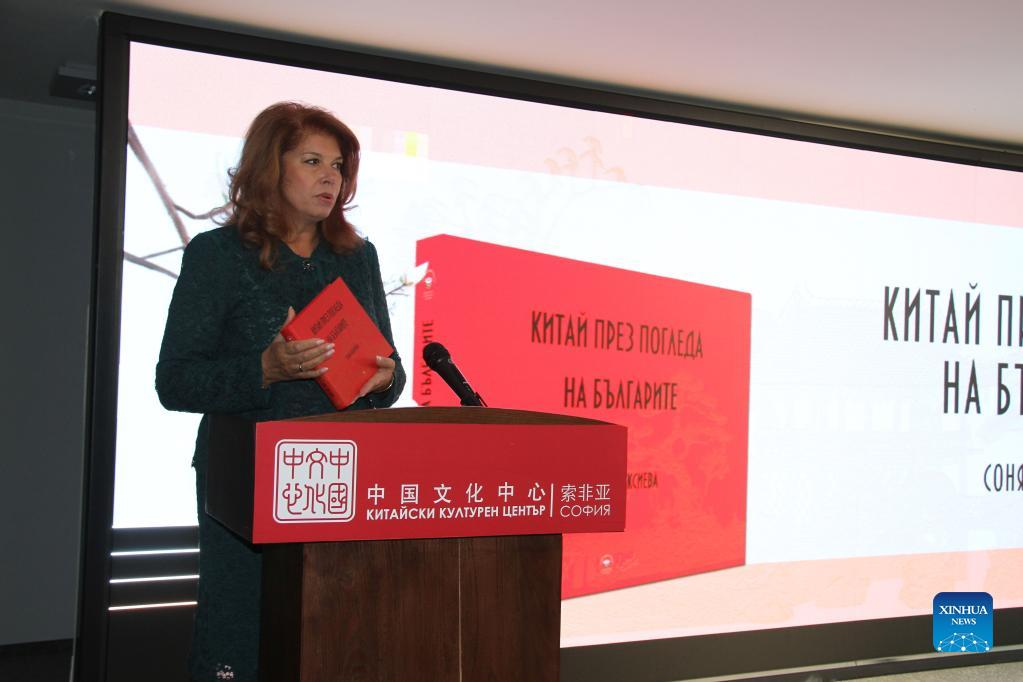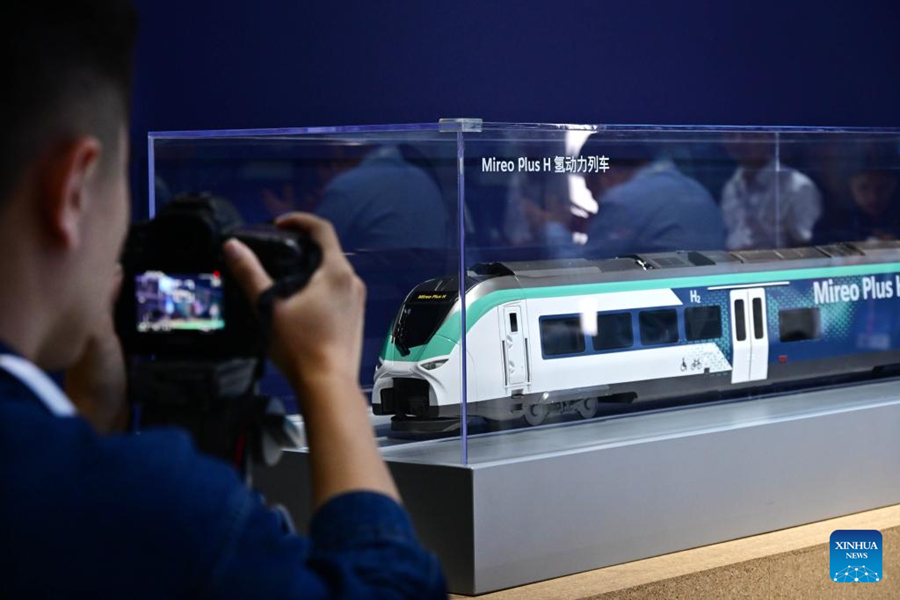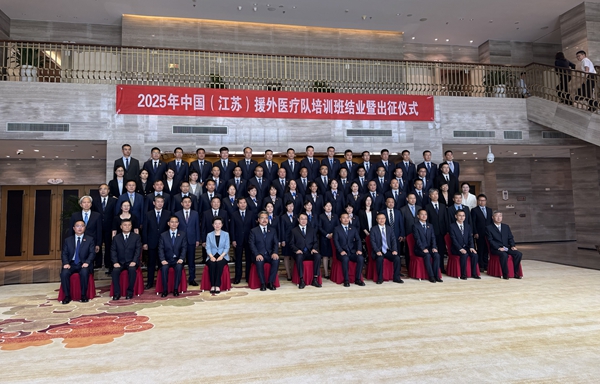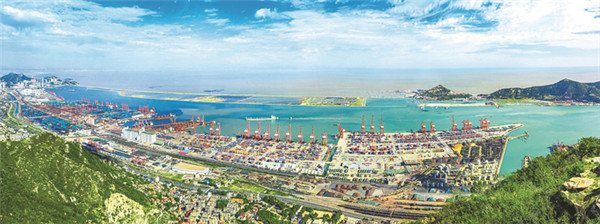
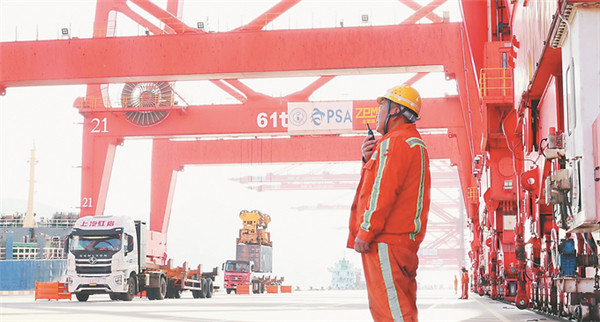
Xuzhou and Lianyungang cities in Jiangsu Province have leveraged their respective strengths to create flagship projects under the Belt and Road Initiative.
Xuzhou is the central city of Huaihai Economic Zone, while Lianyungang is a hub connecting the western land and eastern sea routes, and they both boasts strong transportation networks.
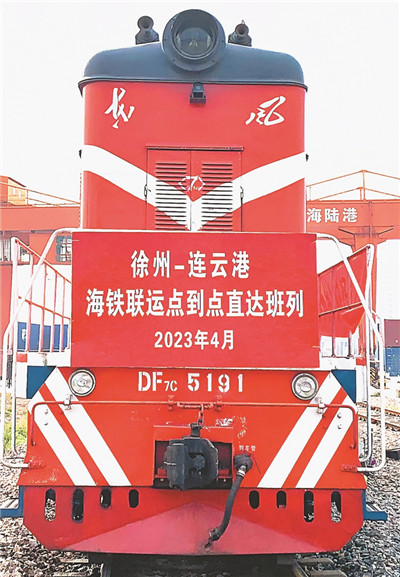
(Photo provided to Xinhua Daily)
Since the beginning of this year, the two cities have prioritized the coordinated development of Xuzhou Huaihai International Land Port and Lianyungang Port to establish exemplary projects along the new Asia-Europe land-sea intermodal transport channel. As of June 3, the Xuzhou-Lianyungang sea-rail intermodal transport had reached 880 TEUs, an increase of about 50% year-on-year.
In recent developments, on April 20, Xuzhou Huaihai International Land Port and Lianyungang Area of the China (Jiangsu) Pilot Free Trade Pilot Zone signed an agreement for cooperation in ten initiatives, focusing on business operation, platform building, and industry development.
On May 30, a cargo train carrying construction machinery parts, tricycles, tires and other products made in Xuzhou departed from the city to Lianyungang Port, completing the journey in approximately 12 hours, 18 hours shorter compared to other transportation methods.
Data showed more than 1,100 machinery equipment produced by XCMG have been exported via Lianyungang Port, which has provided 20,000 square meters of dedicated transit space and optimized berthing operations to ensure efficient loading and unloading.
Priority has been given to the development of expressway-railway-waterway multimodal transport to boost economic development. Xuzhou is undergoing a transformation from a regional transportation center to an international logistics hub. The full opening of the 300,000-ton channel last year has further strengthened the position of Lianyungang Port as an international hub. Overall, Jiangsu has over 100 multimodal transport routes.
In addition to its linking with Lianyungang in the east, Xuzhou has also relied on the China-Europe freight train to the west to enhance exchanges and cooperation with countries along the Silk Road Economic Belt. It also opened up trade channels to Southeast Asia and connect the Maritime Silk Road, targeting the markets in the RCEP countries, and operated direct freight trains to Russia in the north.
Lianyungang Port, the largest port in Jiangsu, plans to accelerate the construction of a deep-water port and create a vast logistics network linking the Pacific in the east and the Asian and European inland areas in the west.







